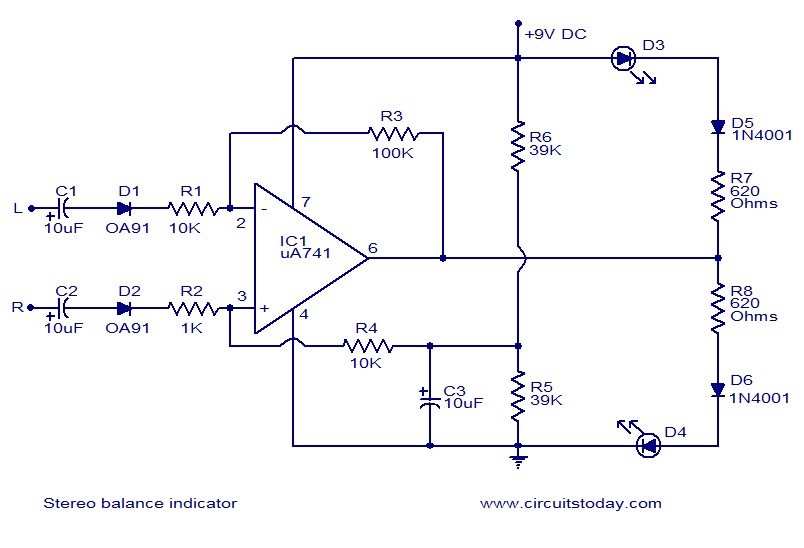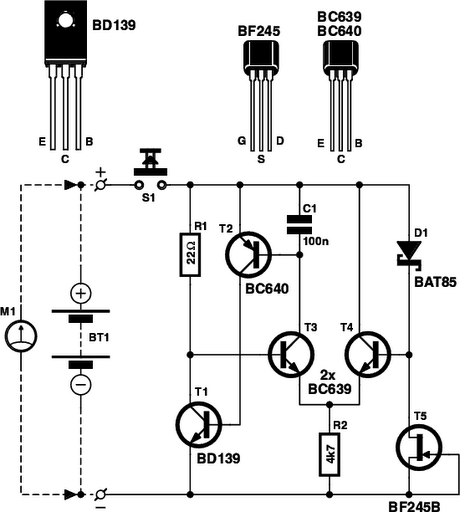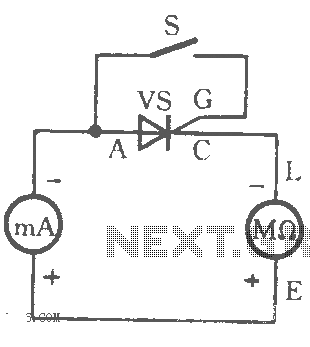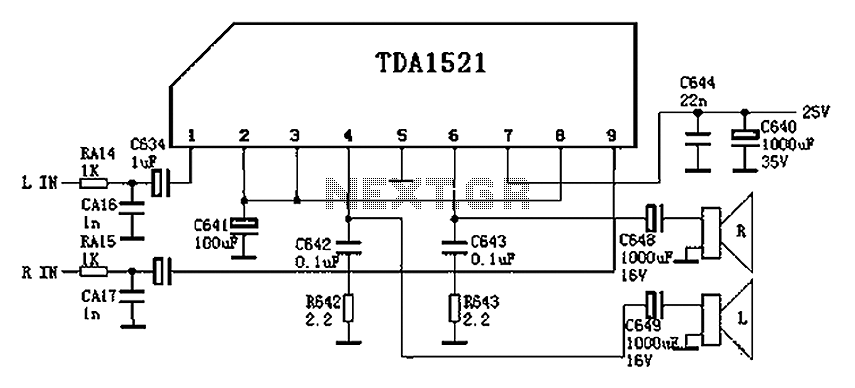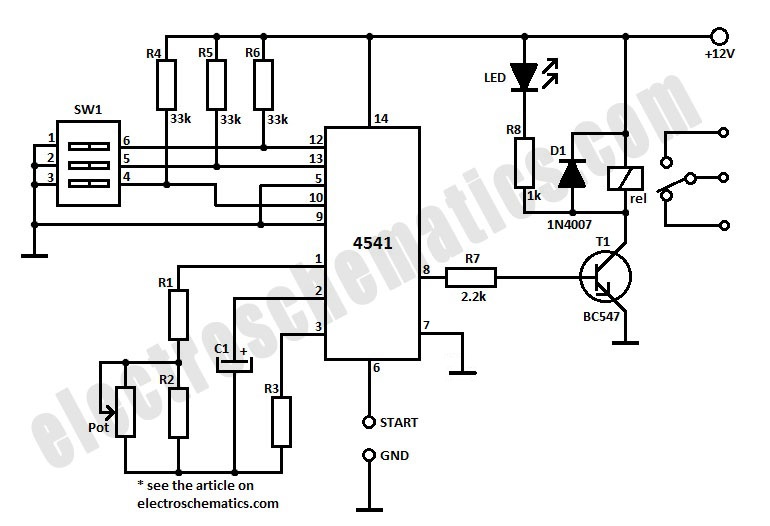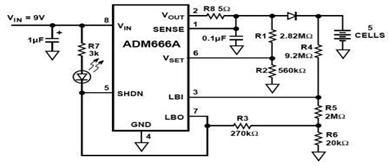
Refrigerator working principle circuit indicator
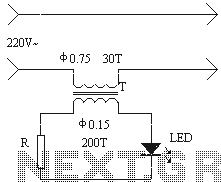
The installation of an electrical outlet in the refrigerator work light serves to enhance visibility of the refrigerator's interior while also improving the aesthetic appeal of the socket. The circuit is illustrated. Additionally, the circuit utilizes the secondary induced current from a current transformer to power light-emitting diodes (LEDs). The current transformer can be sourced from a slightly larger transistor radio input or output transformer, as indicated in the provided data. It is important to ensure proper insulation between the windings. A limiting resistor (R) can be chosen from a few ohms to several tens of ohms.
The proposed circuit involves integrating an electrical outlet into the work light of a refrigerator, which not only aids in illuminating the refrigerator's contents but also enhances the visual integration of the socket within the appliance's design. The schematic outlines the connection of a current transformer, which is key to the operation of the light-emitting diodes.
In this configuration, the current transformer is responsible for stepping down the voltage and providing the necessary induced current to power the LEDs. The choice of transformer should prioritize a model that is slightly larger than those typically used in standard transistor radios, ensuring sufficient current capacity for the LEDs.
Insulation between the windings of the current transformer is critical to prevent short circuits and ensure safe operation. This insulation must be robust enough to handle the expected electrical load without degradation over time.
Furthermore, the circuit requires a limiting resistor (R) to manage the current flowing to the LEDs. The value of this resistor can be selected based on the specific LED specifications and the overall design requirements, typically ranging from a few ohms to several tens of ohms. This resistor plays a vital role in preventing excessive current that could potentially damage the LEDs or affect their performance.
Overall, the design not only provides functional benefits but also contributes to the aesthetic quality of the refrigerator, making it a practical enhancement for both utility and design.The installation of an electrical outlet in the refrigerator work light, not only to facilitate the observation of the refrigerator stops, but also increase the beauty of the socket. Circuit is shown. The use of the current transformer secondary induced current to light emitting diodes. Current transformer can be looking for a slightly larger transistor radio input or output transformer, according to the data shown restructuring. Note that the insulation between the windings. Limiting resistor R can be selected between a few ohms to tens of ohms.
The proposed circuit involves integrating an electrical outlet into the work light of a refrigerator, which not only aids in illuminating the refrigerator's contents but also enhances the visual integration of the socket within the appliance's design. The schematic outlines the connection of a current transformer, which is key to the operation of the light-emitting diodes.
In this configuration, the current transformer is responsible for stepping down the voltage and providing the necessary induced current to power the LEDs. The choice of transformer should prioritize a model that is slightly larger than those typically used in standard transistor radios, ensuring sufficient current capacity for the LEDs.
Insulation between the windings of the current transformer is critical to prevent short circuits and ensure safe operation. This insulation must be robust enough to handle the expected electrical load without degradation over time.
Furthermore, the circuit requires a limiting resistor (R) to manage the current flowing to the LEDs. The value of this resistor can be selected based on the specific LED specifications and the overall design requirements, typically ranging from a few ohms to several tens of ohms. This resistor plays a vital role in preventing excessive current that could potentially damage the LEDs or affect their performance.
Overall, the design not only provides functional benefits but also contributes to the aesthetic quality of the refrigerator, making it a practical enhancement for both utility and design.The installation of an electrical outlet in the refrigerator work light, not only to facilitate the observation of the refrigerator stops, but also increase the beauty of the socket. Circuit is shown. The use of the current transformer secondary induced current to light emitting diodes. Current transformer can be looking for a slightly larger transistor radio input or output transformer, according to the data shown restructuring. Note that the insulation between the windings. Limiting resistor R can be selected between a few ohms to tens of ohms.
Warning: include(partials/cookie-banner.php): Failed to open stream: Permission denied in /var/www/html/nextgr/view-circuit.php on line 713
Warning: include(): Failed opening 'partials/cookie-banner.php' for inclusion (include_path='.:/usr/share/php') in /var/www/html/nextgr/view-circuit.php on line 713
